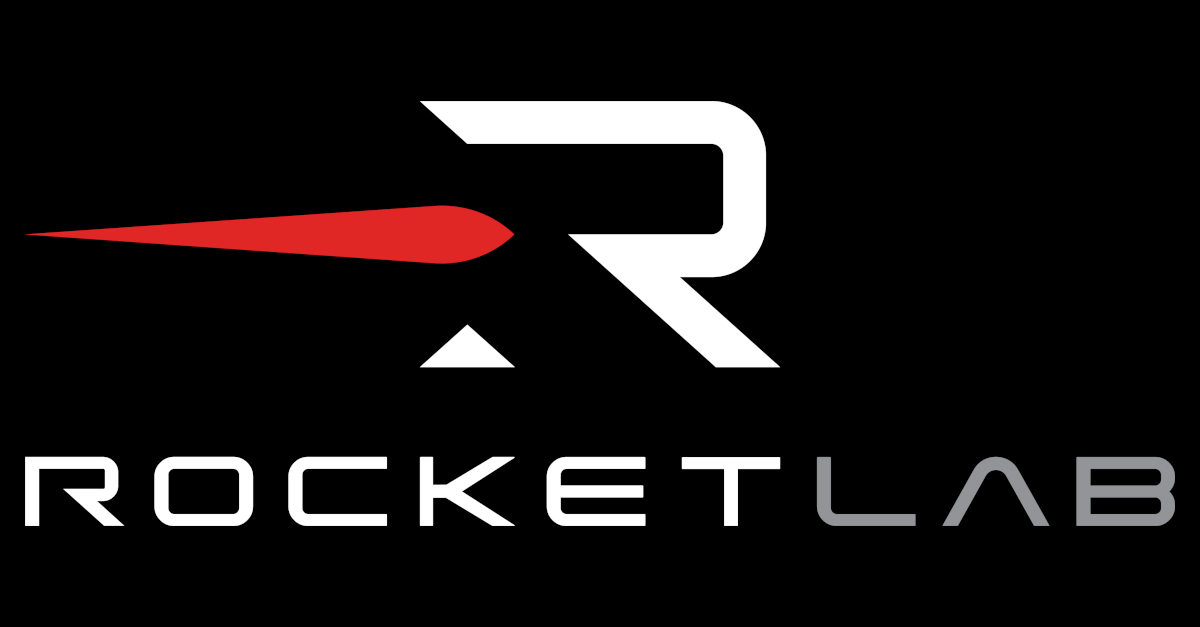Rocket Lab Prepares to Bring In-Space Manufacturing Capsule Back to Earth for Varda Space Industries
Rocket Lab USA, Inc. (Nasdaq: RKLB) (“Rocket Lab” or “the Company”), a leading launch and space systems company, announced that the Federal Aviation Administration (FAA) has approved the reentry of Varda Space Industries’ (“Varda”) in-space manufacturing capsule, enabling Rocket Lab to commence a series of complex in-space maneuvers and de-orbit burns on the Rocket Lab-built and operated satellite currently hosting the capsule on orbit.
This is the first time the FAA has granted a Part 450 reentry license and also the first time the Department of Defense has worked with a commercial space company to allow reentry of this kind of mission on a government-owned range. Varda’s capsule is targeted for reentry and landing in the Utah Desert.
In the coming days, Rocket Lab will conduct a series of maneuvers to bring the capsule, named Winnebago-1, back to Earth.
Evening of February 18, PT: Initial burn of the Curie engine on Rocket Lab’s spacecraft to slow the spacecraft down, lower its perigee, and place Winnebago-1 in its first staging orbit. Target orbit: 300km x 500km.
Afternoon of February 20, PT: A second engine burn to raise the spacecraft’s apogee, the point at which the spacecraft passes farthest from Earth, and place Winnebago-1 in its second staging orbit. Target orbit: 300km x 900km.
Afternoon of February 21, PT: The spacecraft’s third and fourth final engine burns to de-orbit and set Winnebago-1 on its atmospheric reentry trajectory.
For more than eight months in space, Rocket Lab’s 300kg-class spacecraft has successfully provided power, communications, ground control, and attitude control to allow Varda’s capsule to grow Ritonavir crystals, a drug commonly used as an antiviral medication for HIV and hepatitis C.
Due to the initial planned reentry date being adjusted from late 2023, Rocket Lab’s spacecraft has been required to operate for more than double its intended orbital lifespan, which it has done without issue. The extended nominal performance of the spacecraft is testament to its robust design, flight-proven hardware and subsystems, and an experienced team of mission operators. The spacecraft incorporates Rocket Lab-designed and manufactured components and software including star trackers, propulsion system, reaction wheels, solar panels, flight software, radios, composite structures and tanks, and separation systems.
This mission is the first of four which will use identical Rocket Lab spacecraft to support Varda’s in-space manufacturing. The second spacecraft has completed assembly, integration, and testing at Rocket Lab’s spacecraft production facility in Long Beach, California, and is scheduled to launch in the coming months.
